Definition Buffer Zone In Chemistry
Buffers are used to maintain a stable pH in a solution as they can neutralize small quantities of additional acid of base. Buffer solutions are used as a means of keeping pH at a nearly constant value in a wide variety of chemical applications.
 Landusediagram Point Amp Nonpoint Pollution Jpg 1280 960 Water Pollution Pollution Activities What Is Water
Landusediagram Point Amp Nonpoint Pollution Jpg 1280 960 Water Pollution Pollution Activities What Is Water
A buffer zone is formed to create an area of separation between disputing or belligerent forces and reduce the risk of renewed conflict.

Definition buffer zone in chemistry. This is important for processes andor reactions which require specific and stable pH ranges. But lets expand this buffer zone definition a little bit because when understanding this term its more enlightening to get to the bottom of the why than of the what. A buffer may also be called a pH buffer hydrogen ion buffer or buffer solution.
In chemistry buffer solution and examplesIt is a solution containing either a weak acid and its salt or a weak base and its salt which resists changes in pH. A buffer is a solution that can resist pH change upon the addition of an acidic or basic components. Buffer zones also exist with weak bases and strong acids.
Buffer solution and examples in chemistry. A buffer solution more precisely pH buffer or hydrogen ion buffer is an aqueous solution consisting of a mixture of a weak acid and its conjugate base or vice versaIts pH changes very little when a small amount of strong acid or base is added to it. Any area serving to mitigate or neutralize potential conflict.
A solution which can maintain an almost constant pH value when dilute acids or alkalis are added to it. Also called buffer solution. Meaning pronunciation translations and examples.
A neutral area separating conflicting forces broadly. Buffer bŭf ər Chemistry A substance that prevents change in the acidity of a solution when an acid or base is added to the solution or when the solution is diluted. It is a measure of the resistance of a buffer solution to pH change on the addition of hydroxide ions.
A defined area controlled by a peace operations force from which disputing or belligerent forces have been excluded. Noun a neutral zone or area between two potentially hostile nations designed to prevent any overt acts of aggression. Buffers are used to make solutions of known pH especially for instrument calibration purposes.
Buffer capacity differs in accordance with the core components of the buffer solution and the amount of strong acid or base. A buffer zone is a neutral zonal area that lies between two or more bodies of land usually pertaining to countries. It is able to neutralize small amounts of added acid or base thus maintaining the pH of the solution relatively stable.
A buffer zone is an area created to separate opposing forces or groups which belongs to. The buffering region is about 1 pH unit on either side of the pK a of the conjugate acid. Buffer chemistry synonyms Buffer chemistry pronunciation Buffer chemistry translation English dictionary definition of Buffer chemistry.
Depending on the type of buffer zone it may serve to separate regions or conjoin them. Also called area of separation in some United Nations operations. Buffer in chemistry solution usually containing an acid and a base or a salt that tends to maintain a constant hydrogen ion concentration.
In an acid-base titration of a weak acid with a strong base the pH of the solution increases levels off through the buffer zone and then increases quickly to reach the equivalence point. An example of a common buffer is a solution of acetic acid CH 3 COOH and sodium acetate. An area designed to separate.
Common types of buffer zones are demilitarized zones border zones and certain restrictive easement zones and green belts. A buffer zone in chemistry is a region where the pH of a solution remains constant. A solution containing such a substance.
In other words a buffer is an aqueous solution of a weak acid and its conjugate base or a weak base and its conjugate acid. If adding a strong acid to buffer solutions the capacity is equal to the bases amount. Common types of buffer zones are demilitarized zones border zones and certain restrictive easement zones and green belts.
A buffer zone is generally a zonal area that lies between two or more other areas but depending on the type of buffer zone the reason for it may be to segregate regions or to conjoin them. If you add an acid or a base to a buffered solution its pH will not change significantly. The midpoint of the buffering region is when one-half of the acid reacts to dissociation and where the concentration of the proton donor acid equals that of the proton acceptor base.
Any substance or mixture of compounds that added to a solution is capable of neutralizing both acids and bases without appreciably changing the original acidity or alkalinity of the solution. A buffering agent is a weak acid or weak base that helps maintain the pH of an aqueous solution after adding another acid or base. Ions are atoms or molecules that have lost or gained one or more electrons.
In short a Buffer zone is how its called the area or strip of land that separates one land use from another. Definition of buffer zone. A buffer is an aqueous solution that has a highly stable pH.
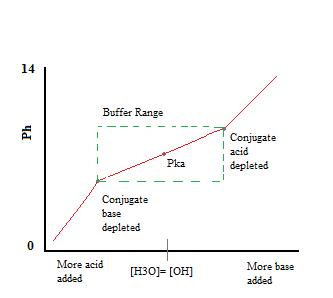 Introduction To Buffers Chemistry Libretexts
Introduction To Buffers Chemistry Libretexts
 Histology Of Porcine Kidney Cortex Description Glomerulus Histology Of
Histology Of Porcine Kidney Cortex Description Glomerulus Histology Of
 Diagram Of Protein Electrophoresis Workflow Study Biology Clinical Chemistry Microbiology Study
Diagram Of Protein Electrophoresis Workflow Study Biology Clinical Chemistry Microbiology Study
 Acid Base Buffers Facts Summary Definition Chemistry Revision
Acid Base Buffers Facts Summary Definition Chemistry Revision

 Proglottid Science Flashcards Science Facts Science Student
Proglottid Science Flashcards Science Facts Science Student
 7 4 Solving Titration Problems Chemistry Libretexts
7 4 Solving Titration Problems Chemistry Libretexts
 8 9 Buffer Capacity And Buffer Range Chemistry Libretexts
8 9 Buffer Capacity And Buffer Range Chemistry Libretexts
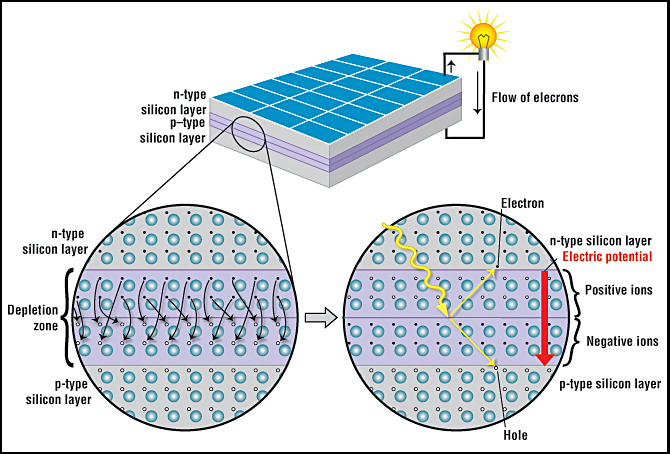 How A Solar Cell Works American Chemical Society
How A Solar Cell Works American Chemical Society
 Diagram Illustrating Convection Currents In An Ocean Physics Lessons Chemistry Classroom Convection Currents
Diagram Illustrating Convection Currents In An Ocean Physics Lessons Chemistry Classroom Convection Currents
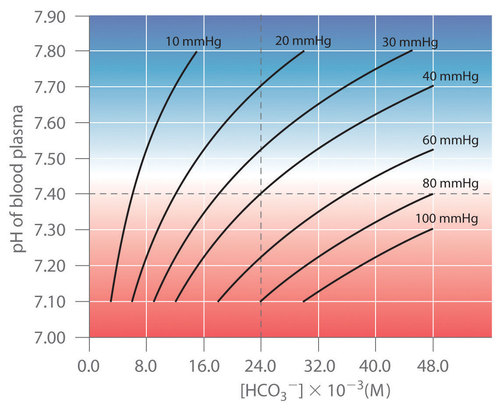 17 2 Buffer Solutions Chemistry Libretexts
17 2 Buffer Solutions Chemistry Libretexts
 Chapter 16 6 Buffers Chemistry Libretexts
Chapter 16 6 Buffers Chemistry Libretexts
 Buffer Effectiveness Boundless Chemistry
Buffer Effectiveness Boundless Chemistry
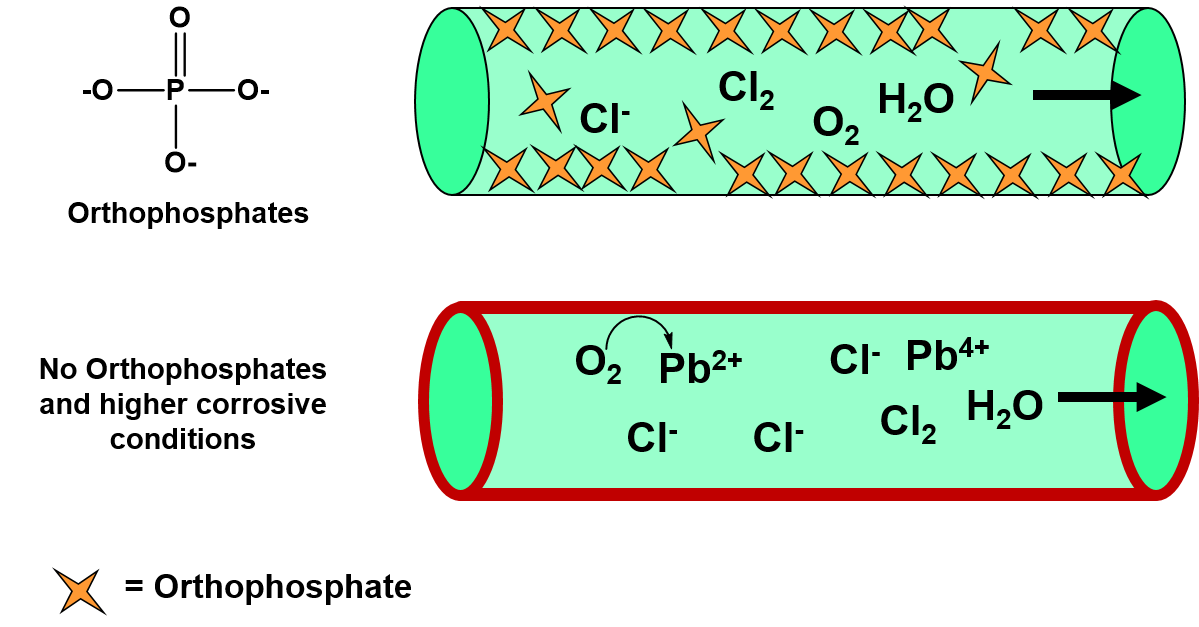 Ch104 Chapter 7 Solutions Chemistry
Ch104 Chapter 7 Solutions Chemistry
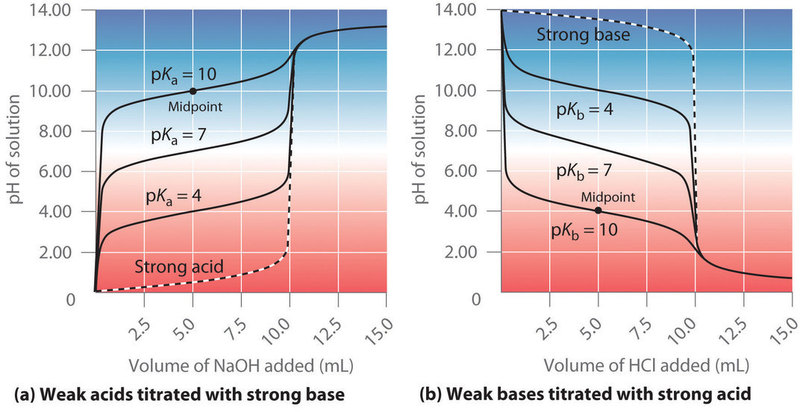 17 3 Acid Base Titrations Chemistry Libretexts
17 3 Acid Base Titrations Chemistry Libretexts


